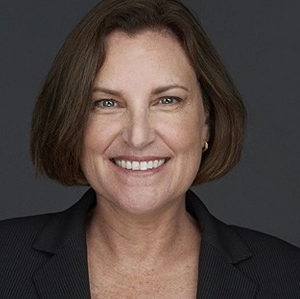LISC SVP for Lending, Connie Max, lays out the imperative of fast, flexible capital as part of the broad effort of CDFIs such as LISC to upend the inequities that keep individuals, small businesses and historically under-invested communities from thriving. LISC’s ability to deploy dollars quickly, where they’re needed, and track impact, has inspired corporate and philanthropic funders to invest in our work, especially in light of the pandemic and our country’s racial reckoning. But so much more is needed to close racial health, wealth and opportunity gaps, and the stories of LISC borrowers show just how effective this capital can be.
At its core, community development finance has always been a form of impact investing that drives equity and inclusion—narrowing disparities based on race, class, gender and zip code to make our economy work better for everyone.
So, in 2020, when corporations and philanthropists sought ways to help break down barriers, as COVID-19 took hold and our national racial reckoning galvanized action, they turned to CDFIs like LISC that had been doing this work for decades. With financial products already tailored to this work, and a capital delivery system that could rapidly deploy financing and track impact at the local level, it made sense.
LISC was able to help connect hundreds of millions of dollars in new capital—from traditional funders who knew us well and from new partners who had never before focused on community development—to finance social investments in affordable housing, economic development, education, health and jobs.
That urgent need for flexible, affordable capital has not abated with the new year. In the current environment, as COVID-19 continues to have a disproportionate impact on low-wage workers, communities of color, and women, we need to increase our commitment to providing flexible financial tools in underserved communities while also lifting up the value of community development finance, making sure the how and why behind our efforts are clear.
That’s why, in our investment decisions, we consider how better access to capital impacts social determinants of health, as well as wealth and life expectancy. We hone in on rural inequalities related to broadband and how they impact sustainable economic opportunities. And, with climate change disproportionately impacting underserved communities, we focus our investments to support green efforts and disaster planning, while supporting economic growth.
Certainly, there is a great deal more to do. In fact, LISC created Project 10X in order to accelerate our work related to racial health, wealth and opportunity gaps in the communities we serve, as we continue to broadly address social and economic disparities throughout the country.
In the coming months, we want to share some of the lessons learned and impact stories from our more than half-billion-dollar loan portfolio. I invite you to read more about all of this on the LISC website, not just with regard to our lending, but also how our lending supports LISC’s mission to promote economic opportunity for all. The hope is that by describing our real-world approach—one rooted in experience, proven to be both financially sound and impact-driven—we can help attract additional resources to this work and catalyze deep and lasting progress for families and communities, and support our national economic growth as well.
I look forward to sharing more with you in the weeks and months to come.
 ABOUT THE AUTHOR
ABOUT THE AUTHOR
Connie Max, Executive Vice President, Lending
Connie Max currently serves as LISC’s executive vice president of Lending. Ms. Max leads the daily operations of the lending division including, originations, closings and asset management of its $425 million portfolio. Ms. Max also supports efforts to raise and deploy special funding sources. Most recently, Ms. Max served as Vice President and Chief Credit Officer for the Nonprofit Finance Fund managing the approval and portfolio management processes. Previously, she served as the Director of Prudential Financial’s Social Investment Division, managing a portfolio of socially motivated investments of debt, equity and tax credits.